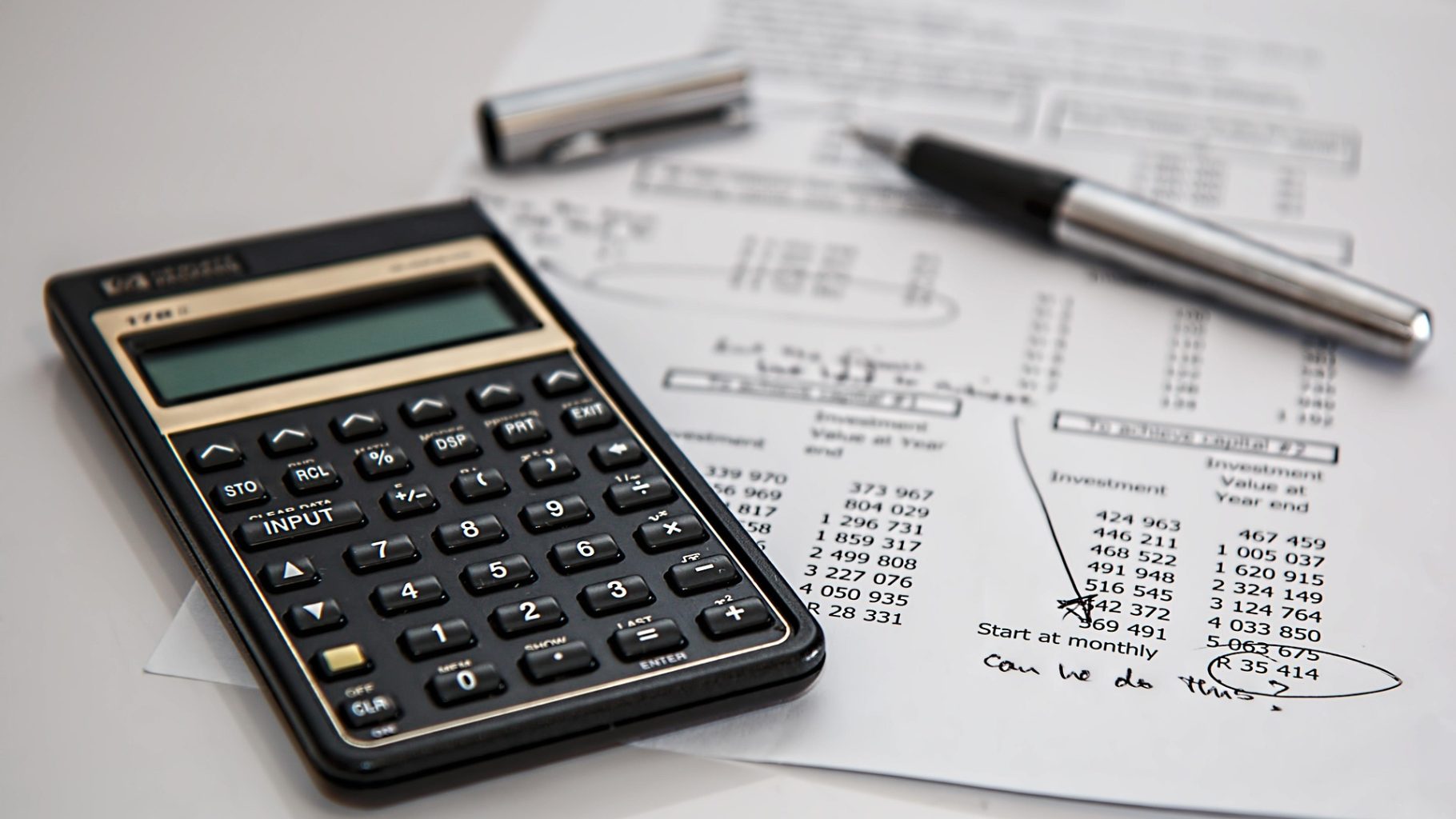So, you found a Stock you like, with a good D/E Ratio, and an appealing C.A.G.R.
Now what?
Time to find out if you should buy or wait. It’s time to calculate the Annual Discount Rate.
A Multi-Purpose Figure
Annual Discount Rate is a very important tool in your belt.
Not only does it help you figure out the actual fair price of a stock, regardless of its current trading value, but it also give you a rough expectation of where to stock should be in a year from now, and whether it is meeting the goal or falling short.
Let’s dive into the applications.
Present Value
In the previous article “What The Hell Is A C.A.G.R.” we talked about calculating the rate at which the company is expected to grow. Whether you’re calculating Net Income, Cash Flow, or any metric of your choice.
Let’s take Net Income for this example: Using CAGR, you can roughly estimate by how much the Net Income is going to grow with every passing year.
We all know that money never stays the same. A million next year is not gonna be worth as much as it does today. Since you’re making the decision on whether to buy a stock or not today, you need to know the value of that in today’s value, and since we forecast the growth for many years (for me, it’s 10 years), we need to know how much is every year’s growth and number worth TODAY
You simply take the forecasted number for each year, discount it by the Annual Discount Rate, and you get the Present Value. This helps you get one step closer to estimating how much a company is a worth, and thus, how much the stock is actually worth.
Expected Return
It’s no secret that we all would love what’s a good price to take home some profit. Well, some people, use Annual Discount Rate just for that.
Let’s say the Annual Discount Rate is 20%
Then you can safely look at 20% above Fair Price as your either your full exit, partial exit, or simply a point on the chart where you’ll re-assess the position and decide how to proceed.
Notice, I said Fair Price and not Entry Price.
Personally, I rarely buy a stock at Fair Price. I often have a safety margin of 30% below fair price (in case there was a misstep in my calculations or the data I have) and in the best case scenario, I also do some chart technical analysis and pick my entry point based on it, which is often below the margin target.
But that’s a story for another time!!
Yearly Target
Another way to use this amazing rate, is to help you calculate next year’s Fair Price target.
Let’s assume the stock you’re buying has a Fair Price of 10 EGP, and the Annual Discount Rate is 20%
It’s then safe to assume that next year’s Fair Price would fall somewhere around 12 EGP (10+20%)
If the stock fails to meet said target, it’s a clear sign that you need go over your calculations, and company news. Either you were wrong in the first place, or something happened that prevented it from reaching the goal. Based on your findings, you can either choose to sell, or keep holding
If it meets the target, you can take it as a sign that everything is going well and according to plan, and just keep on holding to your position until something changes, or till comes the year where it fails to reach the number.
It’s Not One-Size-Fits-All
Well, nothing really is! Not when it comes to investing.
Any figure or ratio that is used in investing is nothing more than an educated guess, with many figures having more than one formula to calculate, based on which data is available, and what the investor is looking for.
Someone looking for a quick in-and-out action is not interested in the same things as someone looking for a life long investment.
Now you know what you didn’t know you needed to know before investing in the stock market. It’s time to search for the best formula that suits your needs.








